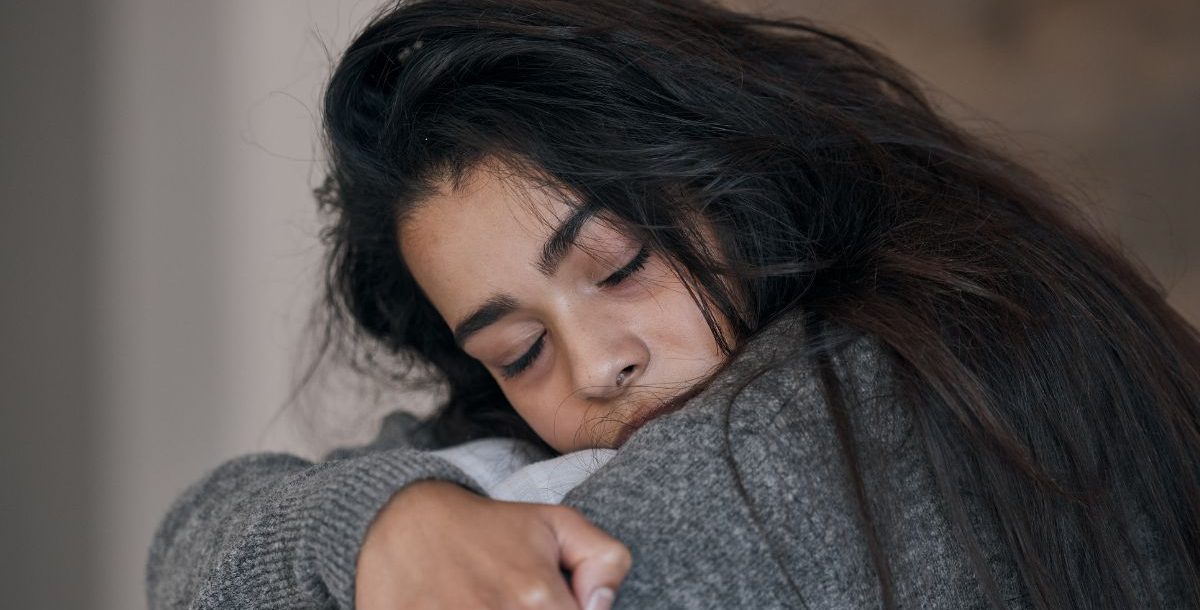A child fidgets and can’t concentrate. An adult alternates between elation and depression. Until diagnosed, these behaviors can frustrate the individual and loved ones alike. Learn the basics of ADHD and bipolar disorder.
While both are called “disorders,” each is distinct:
- Attention deficit/hyperactivity disorder, or ADHD, is a mental and behavioral condition that affects the ability to pay attention and control certain behaviors. It can be described as a disturbance in attention.
- Bipolar disorder is a mental illness that causes mood extremes. It has been described as a disturbance in mood.
What causes ADHD? What causes bipolar disorder?
Research continues.
ADHD can run in families, or one’s brain chemicals may be out of balance. There are pre-birth risk factors, such as poor nutrition, and post-birth risk factors, including toxin exposure.
There may be genetic connection within families, but no one gene causes bipolar disorder. Those predisposed to bipolar disorder may develop it after a traumatic life event.
What are the overlapping symptoms of ADHD and bipolar disorder?
It can be challenging to determine whether an individual has one or the other because symptoms can be similar. They boil down to impulsivity and inattention.
What are some ADHD red flags?
ADHD symptoms include inattention, hyperactivity and impulsivity. These symptoms can appear differently in children and in adults.
A child may:
- Be easily distracted or ignore rules
- Fidget or move constantly
- Have trouble playing quietly
- Have a hard time waiting for their turn or to talk
An adult may:
- Be forgetful or make careless mistakes
- Be extremely restless
- Talk too much
- Be impatient and interrupt others
What behaviors are associated with bipolar disorder?
Those diagnosed with bipolar disorder experience extreme mood swings, from thrilling highs to depressing lows.
Symptoms of bipolar disorder range from mania to depression. In manic episodes, the individual appears very happy and full of energy, with racing thoughts, and may experience psychotic behaviors such as hallucinations. In major depressive episodes, the individual feels hopeless, forgetful and tired; they lose interest in everyday activities and may share thoughts of death or suicide.
What is it like living with ADHD or bipolar disorder?
Symptoms of ADHD or bipolar disorder make it difficult to fit in. They may be anxious and have low self-esteem. A child may have difficulty in school; an adult may have trouble at work. Their behaviors can challenge relationships. They’re likely to need medication, therapy and support from loved ones.
For ADHD in children, experts encourage parents to set routines at home and with teachers at school, provide timely medications, maintain healthy habits including adequate sleep, offer clear directions and give praise for following rules. For adults, they suggest structure: in routines, tasks and spaces to minimize distractions.
For bipolar disorder in children, it’s important to maintain routines, take medication timely and monitor side effects, as well as focus on healthy habits. For those with teen or adult bipolar disorder, it’s critical to avoid alcohol and drugs that can interact with medications and to manage stress. Family members who may notice triggers for manic and depressive episodes should help avoid them. It’s not unusual for the individual to have one or more suicide attempts. Regardless of age, take threats seriously.
Can an adult have ADHD? Can a child have bipolar disorder?
Adults can have ADHD. They may act impulsively, procrastinate and appear disorganized. They may experience problems at work, have trouble in relationships and even suffer from low self-esteem, depression and anxiety.
While rare, children can have bipolar disorder. Kids may get more excited or irritable, and these episodes may last longer than expected, be less clearly defined and happen faster than in adults. Children’s unprovoked mood extremes can impact their sleep and energy, making it difficult to think clearly at school and gain friends.
What are the diagnosis and treatment of these illnesses?
With similar symptoms, it can be difficult to diagnose ADHD and bipolar disorder, especially in children and teens. Usually mental health professionals diagnose ADHD in childhood, and bipolar disorder in late adolescence or early adulthood.
The American Psychiatric Association (APA) set criteria for each.
A mental health professional or primary care provider can diagnose ADHD based on APA criteria; however, there is no one diagnostic test. A pediatrician may want to talk to the child, parents, teachers and other caregivers. Teen and adult ADHD may be diagnosed based on the same behavioral criteria.
A doctor may conduct a physical exam to rule out any medical problems before referring an adult to a psychiatrist. The psychiatrist will talk to the person – and perhaps family members and friends – and eventually compare symptoms to the APA’s bipolar disorder criteria. Children and teens may have additional behavioral problems and referred to a child psychiatrist who specializes in bipolar disorder.
Psychotherapy and medication are common treatments.
- Treatment for attention deficit/hyperactivity disorder, ADHD, can include stimulant medications. For a child, training parents to manage behavior and to provide structure and organization at home and school can help. Adults may consider working with a coach on specific needs.
- Treatment for bipolar disorder can include mood stabilizers, antipsychotics and even antidepressants in a limited dose for a short period. Family therapy and group therapy may be suggested. For a child, exercise, meditation and routines can help.
Can a person have both ADHD and bipolar disorder?
Mental health professionals aren’t sure why ADHD and bipolar disorder occur together, but it appears genetics and biological factors may be responsible. Whatever the cause, a person with both disorders can have more severe symptoms, turn to violence against others and be more at risk for attempting suicide.
In the case of dual diagnosis, typically the priority is to treat bipolar disorder before attempting to treat ADHD.
Are people misdiagnosed for ADHD or bipolar disorder?
Sometimes. It’s challenging to distinguish because of their similar yet subtle symptoms, especially:
- Outbursts
- Restlessness and impatience
- Mood changes
- Talkativeness
If you suspect you or a loved one has ADHD or bipolar disorder, encourage them to reach out to their primary care provider or a mental health professional for testing. Diagnosis of these disorders can help them access much-needed treatment and overall improve their quality of life.





